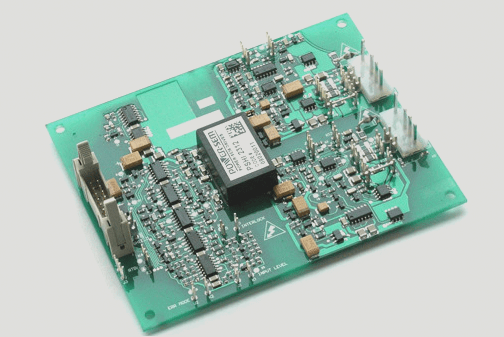—
Some SMT chip processing plants may encounter issues with insufficient melting of the flux paste during soldering. What causes this, and how can it be prevented? Here are a few cases to consider:
1. When all or most of the solder joints on the PCB exhibit insufficient flux melting, it typically indicates that the peak temperature of the reflow soldering process is too low or the reflow time is too short, leading to inadequate flux melting.
**Preventive measures:** Adjust the temperature profile so that the peak temperature is generally set 30-40 degrees Celsius higher than the flux melting point, and ensure the reflow time is between 30-60 seconds.
2. If the SMT chip processing manufacturer is soldering large-size SMT circuit boards and finds insufficient flux melting on both sides, this usually signifies that the temperature in the reflow soldering furnace is uneven. This issue often arises when the furnace is relatively narrow with poor heat insulation, resulting in lower temperatures on the sides compared to the middle.
**Preventive measures:** Increase the peak temperature or extend the reflow time as needed. Additionally, try to position the SMT circuit board in the center of the furnace during the soldering process.
—

3. Insufficient melting of the solder paste occurs at fixed positions on the SMT patch assembly board, such as large solder joints, large components, or when it occurs on the back of the printed board where a large heat capacity device is attached. This is caused by excessive heat absorption or hindered heat conduction.
Preventive measures: 1. When SMT chip processing involves double-sided mounting circuit boards, place large components on the same side of the SMT circuit board whenever possible. 2. Increase the peak temperature or extend the reflow time appropriately.
4. Infrared furnace situation—The dark color absorbs more heat during infrared furnace soldering. Black devices are about 30-40 degrees Celsius hotter than white solder joints. Therefore, on the same SMT printed circuit board, different temperatures may occur due to variations in device color and size.
Preventive measures: To ensure that solder joints and large-volume components around darker colors reach the necessary soldering temperature, increase the soldering temperature.
5. The quality of SMT flux paste—Metal powder with high oxygen content can lead to poor flux performance, or improper use of flux paste can cause issues. If the flux paste is taken directly from a low-temperature cabinet, condensation can occur due to the temperature difference, causing the solder paste to absorb moisture from the air. This water vapor mixes into the solder paste after stirring, or recycled and expired solder paste is used.
Preventive measures: Avoid using inferior solder paste and establish a management system for SMT solder paste usage. For example, use it within its validity period, remove solder paste from the refrigerator one day before use, and open the container only after it reaches room temperature to prevent condensation. Do not mix recycled solder paste with new solder paste.



